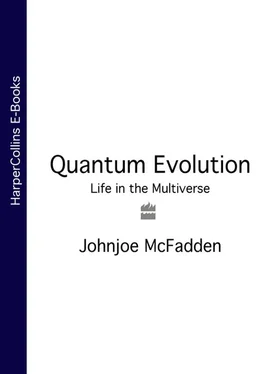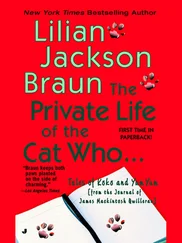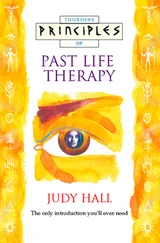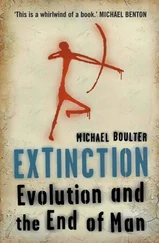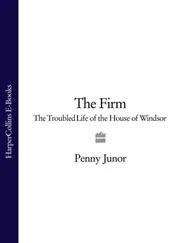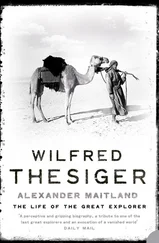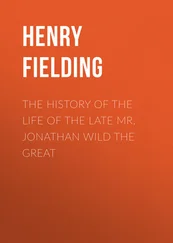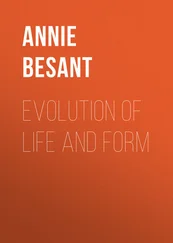The earliest creation myths record the belief that life represented the fundamental creative power in the universe. The universe’s origin was itself often held to be some form of birth. In the Orphic creation myth, black-winged Night laid a silver egg in the womb of darkness; Eros was hatched from the egg and set the universe in motion. Similarly, the Rig-Veda ’s Hindu creation myth describes the birth of the first being from a golden egg, all other deities springing from his limbs. The authors of these myths were mostly farmers, and much mythology revolved around the seasonal cycles. They sowed their fields with seed and marvelled at its power to sprout and grow into luxuriant crops. Their myths reveal that they generally traced this power to a divine source. The ancient Sumerian sky-god Enlil is described as:
The lord (Enlil) who brings forth what is useful
The lord whose decisions are unalterable
Enlil, who brings forth the seed from the earth 1
Life is clearly considered to be apart from the rest of creation, its vitality a channelling of divine power. The cycle of growth, death and rebirth was, within agrarian societies, almost universally attributed to the death and rebirth of a fertility god or goddess. Thus, Osiris, the Egyptian god of vegetation, was said to have been slain and dismembered by his brother. His wife, Isis, gathered together his body’s scattered fragments and with magical ceremonies restored him to life. The Egyptian reapers chanted a dirge for the death of Osiris and prayed to Isis for his return. Similarly, the descent of the Babylonian goddess Ishtar into the netherworld echoed the desolation of the dry season; her subsequent rescue and emergence restored the growing season’s fertility. The cycles of human fertility were seen as under divine control. The coincidental synchronicity between the moon’s waxing and waning and the female menstrual cycle was attributed to the influence of a lunar deity, such as the Roman goddess Juno, to whom barren women would pray. The (less obvious) role of male reproductive organs in procreation was also recognized. Thus Aphrodite was born from Uranus’ testicles which had been flung into the sea by his son Cronos, who had castrated him with a saw-toothed sickle.
Each tale records a belief that life contained a divine or magical principle, absent from the inanimate world. To create life, this vital principle needed to be added, often from a living source, such as blood. Thus, in the Babylonian Poem of Creation, it is related how man was fashioned from clay mixed with the blood of a god:
‘Let him be made of clay animated by blood’. 2
Although, today, it is easy to dismiss these myths, they are in reality man’s earliest attempts to find answers to the questions still plaguing us – they are the first theories of everything. Today we know where the sun goes at night and why spring follows winter. But much of our knowledge is received wisdom and this wisdom of ages was hard-won. How many of us would be able to prove that the Earth revolves around the sun, when any fool can see the sun rise in the morning, travel across the sky and descend below the horizon at night?
The dawn of the rational approach to understanding our world is usually attributed to the intellectual revolution of the sixth and fifth centuries BC which gave rise to the ancient Greek civilization. One of the earliest philosophers was Thales (born about 600BC). Although his writings have been lost, several of his sayings have survived, including, ‘the lodestone has life, or soul, as it is able to move iron’. This short phrase implies a complex set of beliefs. Firstly, that the ability to initiate movement is a key attribute of life. This is a concept we will return to as, in modern molecular interpretation, it forms a cornerstone of this book. Secondly, that this ability to make movement betrays the presence of a ‘soul’. Like the mythmakers before him, Thales considered that the phenomenon of life pointed to the presence of supernatural forces. Finally, the equation: ability to initiate movement = life = soul, has been taken to the extreme of attributing the property of life to a variety of inanimate objects, such as a magnet (lodestone). This reflects a widespread tradition of pantheism in the ancient world. As the third-century Roman chronicler, Diogenes Laertius put it, ‘the world was animate and full of divinities’.
The ancient world’s greatest biologist was undoubtedly Aristotle. Sadly, our received image of him is frozen by those chalk-white busts of venerable bearded philosophers who seem to stare into a perfect world of spheres and equilateral triangles. But Aristotle’s vision was far more earth-bound than that. Like his predecessor, Heraclitus, he believed that ‘knowledge enters through the door of the senses’, and as a young man he spent several years living on Lesbos, studying marine life. His biological writings betray the acute observation and attention to detail which is the hallmark of all great naturalists.
‘Animals also which fly and those which swim, fly by straightening and bending their wings and swim with their fins, some fish having four fins and others, mainly those which are of a more elongated form (eels for example), having two fins. The latter accomplish the rest of their movement by bending themselves in the rest of their body, as a substitute for the second pair of fins. Flatfish use their two fins and the flat part of their body, instead of the second pair. 3
Instead of the venerable sage, we should imagine a younger Aristotle diving into the Aegean’s clear waters to retrieve starfish, crabs and anemones, to study their form or observe their behaviour.
‘The sea-urchin has a better defence system than any of them: he has a good thick shell all round him fortified by a palisade of spine.’ 4
Any lover of rock-pools will recognize an ally in Aristotle’s writing. But the scientist in Aristotle was not content to describe nature; he needed to explain it. Perhaps, later in the day, he would set light to driftwood to cook his catch and ponder on the ephemeral quality he roasted out of the living flesh. Like Thales, Aristotle considered that the essential quality of living creatures was that they possessed their own internal will and this allowed creatures to initiate independent movement.
‘For nature is in the same genus as potency, for it is a principle of movement – not however in something else but the thing itself.’ 5
To Aristotle, living creatures were made distinct by their ability to move themselves. His concept of movement was more subtle than simple locomotion. The shoreline of Lesbos, had taught him that clams, anemones, or indeed simple seaweed moved very little (except when pulled by the waves and the tide), but were still very much alive. To Aristotle, there were six forms of movement: generation, destruction, increase, diminution, alteration and change of place. This broader conception of movement actually reflects a more general meaning to the verb, to move , than our modern usage, one that remains apparent when we say that we found a particular piece of music to be deeply moving, or when a motion is passed by a debating society. Our modern usage is rooted in Newtonian mechanics, and a better translation of Aristotle’s concept of movement would be the term action , a word with a precise, useful meaning in modern physics, to which we will return. The essential point of Aristotle’s argument is that all living organisms possess an internal will that allows them to initiate and perform actions such as growth, regeneration, procreation and movement. Aristotle, like Thales, ascribed this internal will – the cause of independent action – to the eidos , the soul or psyche : ‘The soul creates movement’. 6
Читать дальше
